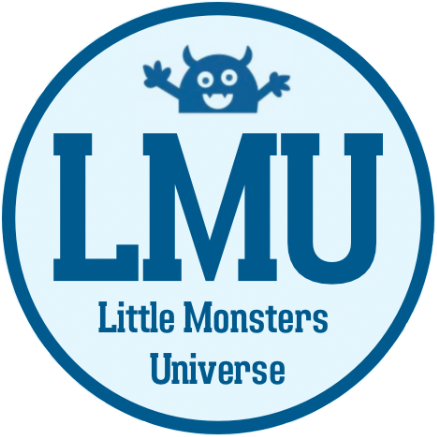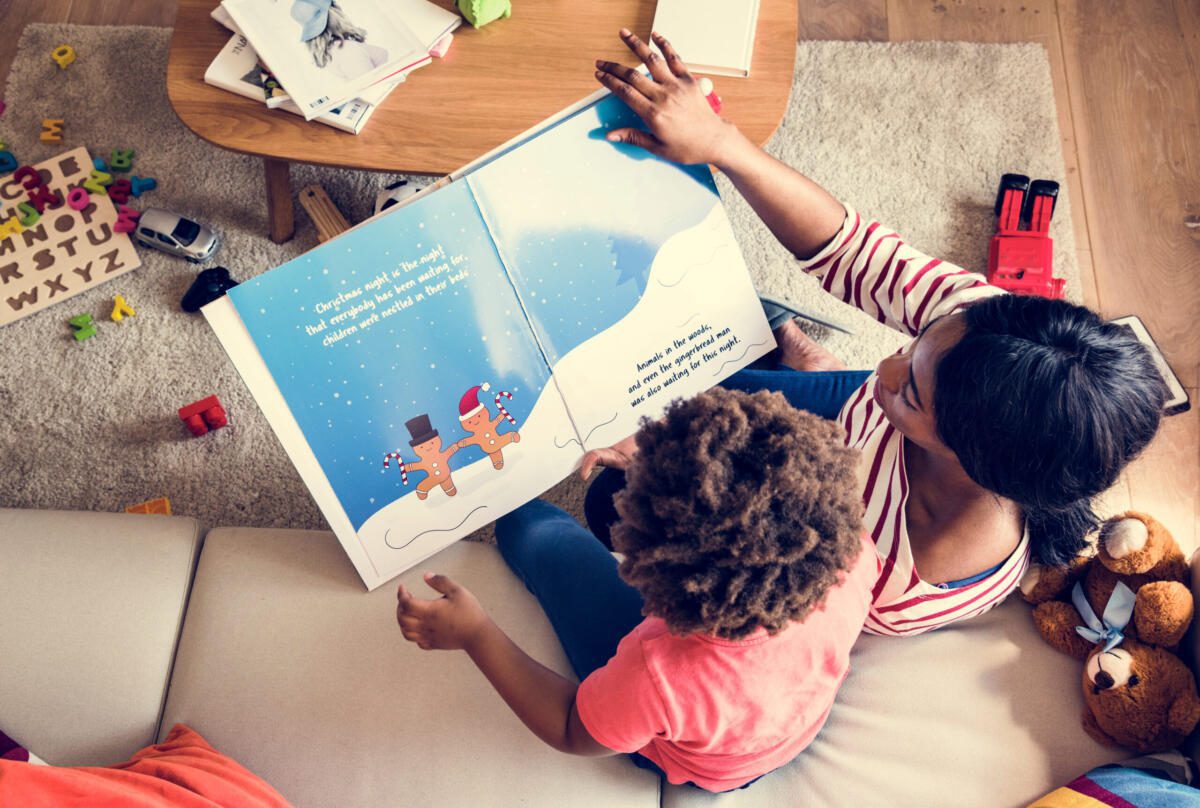Inquisitive kids (and adults!) ask so many great questions about the changing seasons: Why do leaves change color? Why do squirrels bury acorns? Where do birds go in winter?
Fall is a wonderful season to incorporate into your homeschool curriculum. The leaves are red and orange. The air is crisp and cool. As part of your life science units about fall, get the kids outside! Encourage them to investigate the environment and ask questions about what they observe.
But don’t let the learning stop there! There are tons of great picture books to pair with your homeschool science curriculum. Promote a love of reading with these life science picture books:
Goodbye Summer, Hello Autumn written and illustrated by Kenard Pak
(Fiction; ages 4 and up; released 2016)
“Now that the cool winds have come, we love how our branches sway in the sun.”
Goodbye Summer, Hello Autumn is a cheerful journey through the changing seasons. In this story, a young girl welcomes fall with careful observation as she walks through a forest and town. With a bright “hello” to all her surroundings, she learns how different things prepare for a new season. The busy squirrels tell her they are searching for food. The friendly leaves tell her they are changing color. The chill in the air lets her know that it’s time for sweaters and scarves. With lush, panoramic illustrations across each spread, this is a perfect book to combine with a nature study.
The Mouse and the Meadow written and illustrated by Chad Wallace

(Fiction; ages 4 and up; released 2014)
“The mouse soon found another creature tending to its needs.”
The Mouse and the Meadow is a visually stunning addition to a homeschool lesson plan about animal habitats. In this book, a curious mouse learns about his meadow habitat as he ventures away from his nest for the first time. From a web-spinning spider to a transforming caterpillar, each encounter teaches the mouse—and readers—about the diversity of an ecosystem. This book is embedded with science-rich vocabulary such as predatory, pollinating, and territory. In addition to all the cool science knowledge, there are tons of great modifiers like brilliant, intently, unsuspecting, and delectable. All these juicy words provide ample opportunities for language development.
Squirrel’s Family Tree written by Beth Ferry; illustrated by A. N. Kang
(Fiction; ages 3 and up; released 2019)
“Without the oak, there are no seeds that squirrels love and squirrels need.”
Squirrel’s Family Tree is a charming book that illuminates how living things help each other survive. Children may be surprised to learn about the mutually beneficial relationship between squirrels and oak trees. The story begins in the fall with a squirrel gathering acorns to stash for winter. But when winter comes, the squirrel has trouble finding some of her buried acorns. Eventually, the seeds sprout and slowly begin to grow into oak trees. The towering tree provides shelter for a new generation of squirrels born in the spring. With a sweet rhyming pattern and delicate illustrations, this is a great addition to a K–2 unit on interdependence or a mini-unit on acorns and oak trees.
The Home Builders written by Varsha Bajaj; illustrated by Simona Mulazzani
 (Fiction; ages 3 and up; released 2019)
(Fiction; ages 3 and up; released 2019)
“Snug and sheltered, / As nighttime falls, / Home is our earth, / Shared by us all.”
The Home Builders is a poetic celebration of how living things find shelter in the woods. Animals dig, tunnel, and hide as they create dens, burrows, and nests. The landscape illustrations across each spread give children a ton to observe and explore while simultaneously showcasing the biodiversity of our planet. From foxes to bees to owls and deer, the pages are packed with pictures of animals creating cozy homes for their growing families. You can use this book as part of a primary lesson on how living things meet their needs. With a sweet rhyming pattern, young readers will especially treasure this book.
What’s Inside a Flower? written and illustrated by Rachel Ignotofsky

(Informational; ages 4 and up; released 2021)
“As the seeds get bigger, the flower begins to change.”
Finally, no K–2 life science booklist would be complete without a strong informational text. Not many books can outshine the beautifully illustrated What’s Inside a Flower? This engaging book digs deep into the life cycle of plants. It will spark your budding scientist’s curiosity about what plants need to survive. You can spend hours just observing and asking questions about the gorgeous illustrations. With a solid mix of one- and two-syllable words, this book can be enjoyed by readers of all different ages. Some concepts do get complex, however, so be prepared for questions such as, “what’s a nematode?” (It’s a worm!) This book is a great addition to a life science mini-unit on seeds or lessons that explore the wiggly world of worms.
Combining a hands-on learning experience with an inviting life science picture book will give your kids a well-rounded educational adventure. As you develop your science homeschool lesson plans, be sure to include one of these fantastic picture books and other great homeschooling supplies.
As an Amazon Associate I earn from qualifying purchases.



